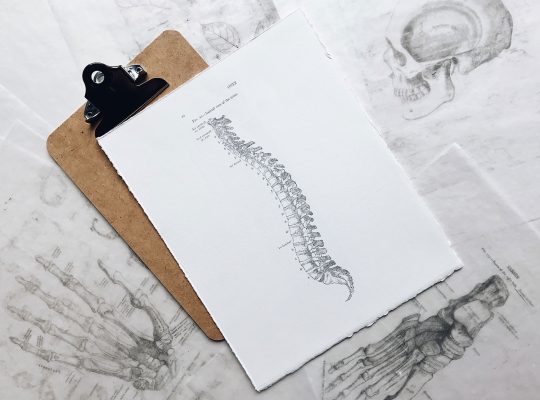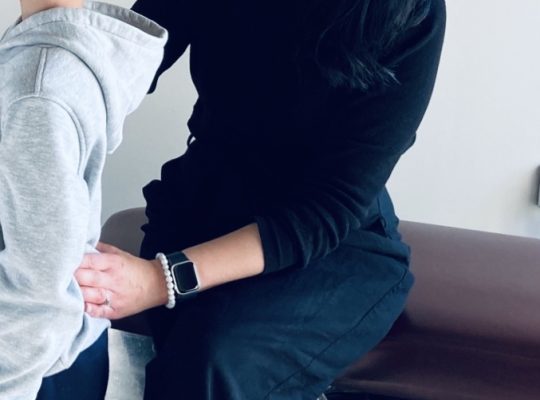Psoas or not Psoas? That is the ultimate question I ask myself when it comes to finding the cause of post-partum muscle overcompensation in the lower back.
When a woman who has just given birth comes in for a chiropractic evaluation and treatment. I determine why there is a pattern of muscle contraction causing pain and dysfunction in her lower back. I use a series of tools and muscle tests to determine the underlying culprit. Usually the dominant muscle group causing the back pain is a hip flexor muscle called the psoas ( pronounced “SO AS”). This muscle is responsible for your upper body leaning forward during standing or prolonged sitting.
If the core is weak (which is generally the case after giving birth). Your back muscles have to work even harder to stop the body from falling too far forward. Creating a pattern of ‘tug of war”. As a general consequence, if there is a slight turning or prolonged rotation in the spine whilst standing or sitting during leaning (as in sitting on the edge of your chair with legs crossed while working on the computer or carrying baby on one hip when bending or leaning) specific vertebrae, where the psoas muscle attach, will shift and cause misalignment. Ultimately due to a fatigue of the overworked muscle group.
Not only am I focusing on adjusting that part of spine and realigning the vertebrae to take pressure of the nerves. It is key to educate my postpartum patients on minimizing the activity that can cause the dysfunction. Providing tools on how to lengthen the psoas muscle and strengthen the core is also vital.
My favourite exercise to do and to give to my patients, is the yoga plank pose. I see fast results when performed consistently. There is also a modified version for those whose wrists cannot handle the weight of the body. Use the forearms to lean on instead.
Plank is to be performed gradually and daily to see long term benefit in the core strength. Starting with holding the posture for 15 seconds and working up your way up to 60 seconds once daily. It can be a huge step in allowing the core to work efficiently thereby establishing stability in pelvic and low back muscles. Leading to less fatigue in postural muscles.
Stretching the psoas muscle is also critical to breakdown the pattern of tightness. Pigeon pose or runners stretch are two ways to stretch and target the psoas.
Happy planking from Dr. Nora Rahemtulla (Vancouver chiropractor)
For further information on this or anything chiropractic, postpartum and posture related, please book an appointment!



